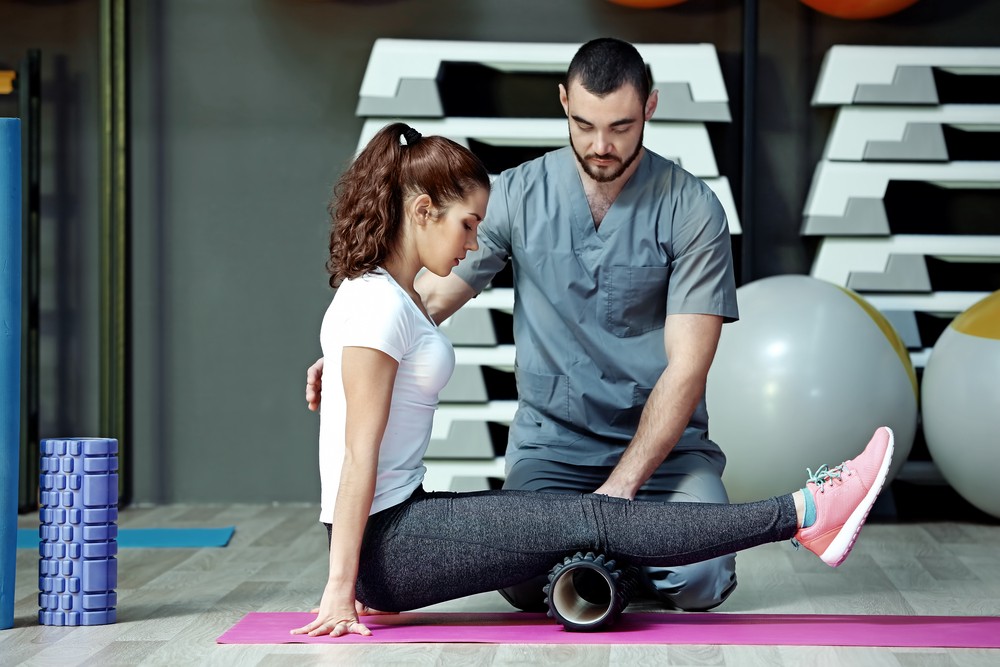One of the frequently frequently observed injuries in sports is the foot ligament injury. This trauma often happens when an athlete touches down awkwardly or twists their foot during a match. Symptoms of an foot sprain include discomfort, swelling, and difficulty moving. Immediate care typically includes the R.I.C.E. method, which represents for Rest, Cooling, Wrapping, and Lifting. This approach aids reduce swelling and discomfort. In more serious cases, rehabilitative therapy may be required to regain strength and flexibility to the foot before returning to athletics.
Another common trauma is a muscle strain, which can occur in all athletic activity that requires sudden movements or intense weight-bearing. Sportspeople may experience a muscular strain when they extend a muscle too much or when they apply too much effort. Symptoms include acute pain, swelling, and muscular spasms. Recovery for muscle strains often entails gentle flexibility exercises and strengthening exercises. Slowly increasing exercise levels is crucial to avoid re-injury. Sportspeople should work tightly with a physical specialist to create a secure and effective recovery plan.
Tendonitis is another injury that can affect athletes, particularly those who engage in repetitive movements, such as joggers or aquatic athletes. This issue happens when a tendon, which connects muscle to bone, becomes inflamed. Frequent areas involved by tendon inflammation include the elbow, shoulder, and knee. Symptoms often include discomfort and stiffness, especially during movement. Treatment for tendonitis usually includes rest, ice, and pain-relief drugs. In some cases, rehabilitative therapy may be suggested to improve flexibility and strength in the affected region.
Avoiding athletic traumas is just as crucial as addressing them. Athletes can reduce their chance of trauma by heating up correctly before rehabilitation for hip injuries events, using the appropriate equipment, and maintaining good physical shape. Power conditioning and flexibility exercises can assist ready the physique for the demands of athletics. Additionally, sportspeople should listen to their bodies and allow breaks when needed. By comprehending common sports traumas and implementing efficient rehabilitation plans, sportspeople can stay healthy and participate in their beloved sports for a long time to come.
